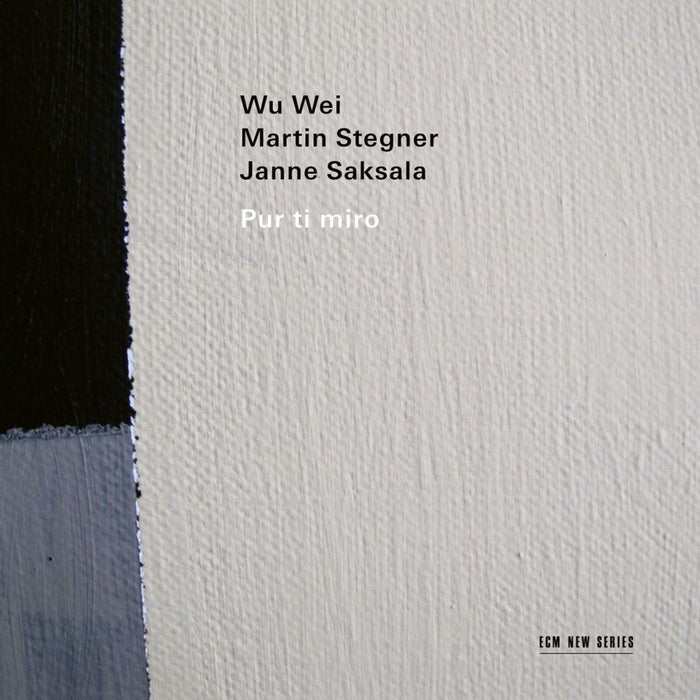Description
Silke Avenhaus had wanted to record Schubert's Trout Quintet for a long time. Now five European composers were additionally asked to quasi-casually prolong Schubert's ambivalences into the present by supplying their own variations. The commission called for works that were to be limited in length, and each composer was asked to focus his attention on a particular instrument. Although all of their pieces are based on the Trout theme, the resulting works vary utterly in terms of character and tempo. As Avenhaus puts it, this is a "godsend". The new compositions can be grasped as individual movements of a contemporary Trout quintet, but one can also combine them in several different ways.
In Schubert's quintet, Avenhaus finds a mixture of lightness and melancholy. The first movement's insouciance, for instance, is almost casually obliterated in the second one. Schubert does not hold fast to any mood or attitude for long: ambivalence continues to hold sway, and it is a trait she particularly appreciates. The double bass and the cello form a strong bass section in this particular piano quintet. The line-up may have been unusual and difficult to score in terms of timbre, but Schubert skilfully made best of the situation by expanding the range of different sonorities to the maximum. The low strings fathom the underground. Conversely, the piano, often playing in octaves for long stretches in the upper range, carries out the assigned role of shining brightly on the mountain peaks. The middle range is tenderly filled out by the other strings. The resulting musical texture seems to float in mid-air. (from the lines notes by Elgin Heuerding)









